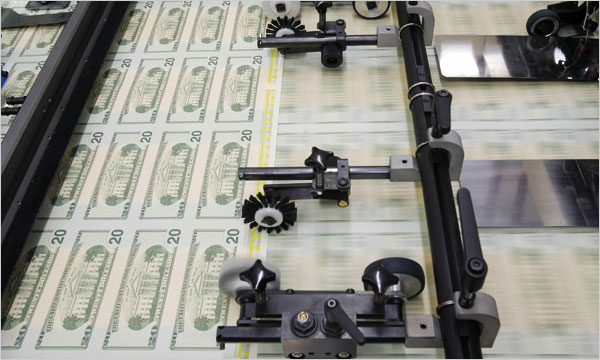In case you missed it UBS says this about hyperinflation in the USA:
“Hyperinflation: Paper money only has a value because of the confidence that the money can be exchanged for a certain quantity of goods or services in the future. If this confidence is eroded, hyperinflation becomes a threat. If holders of cash start to question the future purchasing power of the currency and switch into real assets, asset prices start to rise and the purchasing power of money starts to fall. Other cash holders may realize the falling purchasing power of their money and join the exit from paper into real assets. When this self-reinforcing cycle turns into a panic, we have hyperinflation. The classic examples of hyperinflation are Germany in the 1920s, Hungary after the Second World War, and Zimbabwe, where hyperinflation ended in 2009. Indeed, hyperinflation is not that rare at all. Economist Peter Bernholz has identified no fewer than 28 cases of hyperinflation in the 20th century.
…Although we see a very small chance of hyperinflation in the near future, the risk should not be neglected, particularly given the ongoing unsustainable global fiscal and monetary expansion.
…We therefore think that the hyperinflation risk to global investors is largest in the US and the UK.”
I’ve found that hyperinflation tends to revolve around a specific set of events. It doesn’t just magically appear out of a decline in confidence. What is consistent among cases of hyperinflation is a number of rare exogenous circumstances:
- A ceding of monetary sovereignty (usually in the form of foreign denominated debt, a currency peg, etc).
- Extraordinarily unusual social circumstances (loss of war, regime change, etc.).
- Very low levels of faith in government during regime change (high public mistrust).
- Rampant corruption.
- A collapse in the domestic economy.
- A breakdown in the tax system.
Mr. Roche is the Founder and Chief Investment Officer of Discipline Funds.Discipline Funds is a low fee financial advisory firm with a focus on helping people be more disciplined with their finances.
He is also the author of Pragmatic Capitalism: What Every Investor Needs to Understand About Money and Finance, Understanding the Modern Monetary System and Understanding Modern Portfolio Construction.


Comments are closed.